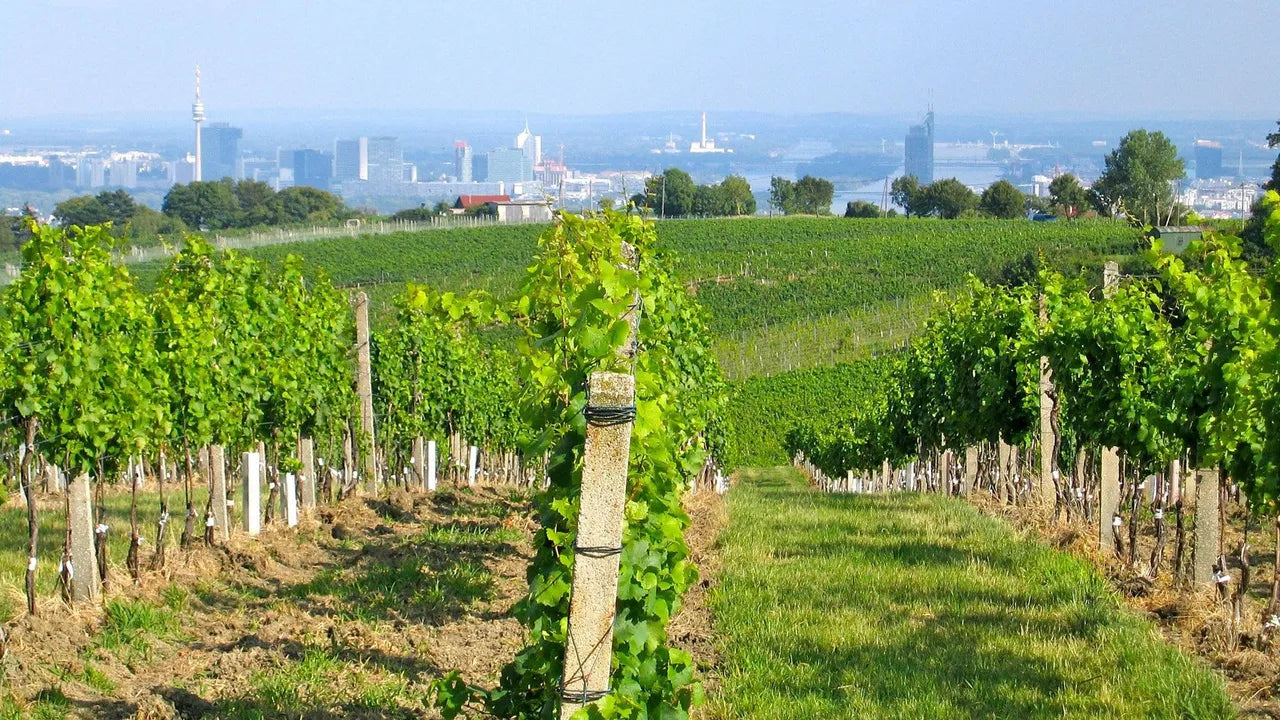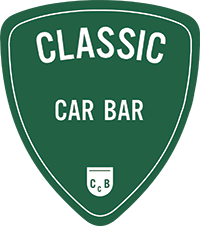
Follow us on our recent adventure!
We went on a trip to Austria and explored some of the most exciting wine-producing regions in the world right now. Like the food culture, winemaking has been influenced by its neighbours over the centuries, evolving to have a strong identity.
Within Austria, they have some of the oldest histories of making wine in Europe, there’s been wine-making artefacts discovered in the eastern part of the country that dates back over 4000 years. Many civilisations, such as the Celts, have settled in the area.
Two of the most important periods in the history and development of the Austrian wine industry were the Romans, who settled and established vineyards. The second was in the early 19th century when monasteries were leading the way in developing the vineyards, much like they did in other parts of Europe.
During the 16th Century, the Ottoman Empire invaded the country's eastern part (now Burgenland's wine-growing region). With them, they brought vines and spices, an influence that can be seen in Austrian food & drink culture to this day.
Austria is a country of regulations and rules, they are orderly people with much bureaucracy, which is unwanted by many of the growers we spoke to. they’ve had a rough history, most notably the Antifreeze scandal of 1985. Austria now has some of the world's highest levels of organic farming. There’s a split between these tight controls, some embrace, and some rebel, craving creative freedom.
WIEN (Vienna)
We start our journey in the capital, not an area you’d normally expect to find stunning vineyard views. The city has a protected green belt surrounding it, these green areas are easily accessible from the city, where many locals enjoy getting fresh air, exercise, and, most importantly, a glass of wine from all the pop-up bars which appear in early summer. There’s a rich history of growing vines here, which dates back as early as 1132 AD, but this area has Wieninger estate to thank for much of their work. Winning countless awards and global recognition, this estate really put the area of Vienna on the map for quality wine-making.
2021 Wiener Riesling, Wieninger
NIEDERÖSTERREICH (Lower Austria)
Next we venture out North West to Lower Austria in the region of Kamptal, the country's largest quality wine region. This area is lesser known than Wachau, where many tourists descend during summer. The vineyards here are dramatically steep, designed to soak up all that sunshine during the ripening season. The area is named after the river Kamp which once helped to establish this region. This is an area famous for making some of the best Riesling and especially Grüner Veltliner in the world. We visited grower Fred Loimer, who makes some of our favourite sparkling wines from Austria. He was originally inspired (like many) by Champagne and thought he could have his own version, using aromatic varieties like Riesling and Gruner. He takes the ageing process very seriously, and his attention to detail is phenomenal. Fred isn’t afraid of innovating and making changes in the vineyard and winery, but he also finds inspiration from the past.
NV Extra Brut Reserve, Loimer
BURGENLAND
After a quick stop off in Vienna for some schnitzel and Käsekrainer, we’re ready for round two. This time we’re visiting the East of the Country, a short ninety-minute drive south of Vienna, an area famous for its red wines. Many of the area's best spots were selected by Roman settlers who favoured good aspects and proximity to water sources, like the famous lake in this region, Neusiedl. We had lunch at the estate with Gerhard & Brigtte. They served a selection of local dishes; fish from the lake, local cheeses, and an incredibly morish pasta, a square shape typical to the area, seasoned with rich spices. This husband and wife team here take inspiration from music, their labels are designed to look like labels on vinyl, there’s so much fun creativity here, you can feel it as you walk through the door. The winemaking style here is minimum intervention, which is the art of making a big impact by doing as little as possible, letting the quality fruit express itself. To use a music analogy that Gerhard might appreciate, it’s like drummer Stephen Morris’ (Joy Division) style – he kept it simple for maximum effect. Here we have a perfect example of the effortless hard work of the estate with a domain-aged bottle from 2008.
2008 Weingut Brigitte & Gerhard Pittnauer Rosenberg Blaufrankisch
